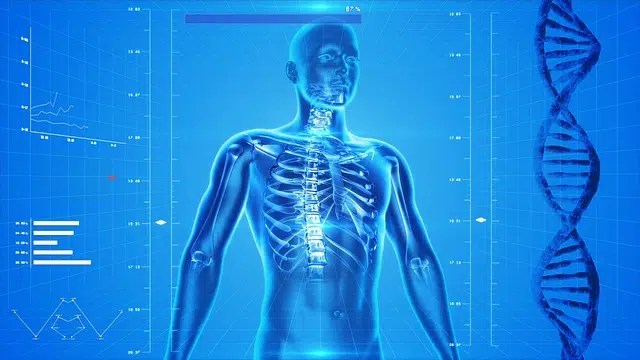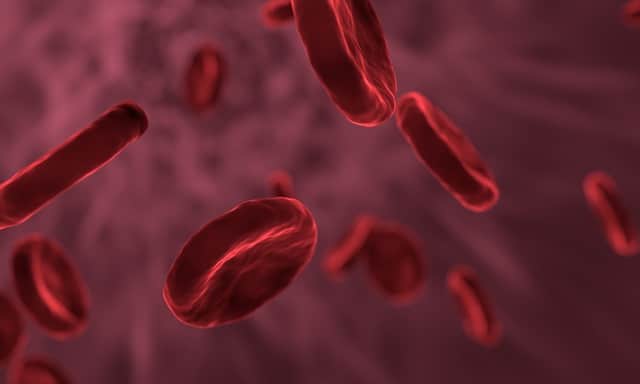
Autopoiesis is the ability of a system to reproduce and maintain balance.
The notion of autopoiesis - also mentioned as autopoiesis - is not part of the dictionary of the Royal Spanish Academy ( RAE ). This is a term coined by the Chilean Humberto Maturana in the 1970s .
This biologist, in collaboration with Francisco Varela , devised the concept with reference to the ability of a system to reproduce and maintain its stability by itself . Autopoiesis, therefore, is the key to the existence of living beings.
What is autopoiesis?
By self-regulating and harnessing energy from the environment, a system can maintain its structure even though it is not in equilibrium. This allows you not to lose your autonomy or your identity.
For Maturana , a system is an entity that is defined by the network of operations and processes that it develops , being able to create or eliminate elements of the system itself as a response to changes in the environment. Autopoiesis is given by the possibility of transforming and destroying components through continuous interactions that manage to regenerate the network of operations that has produced the system in question.
Continuous creation
When thinking about autopoiesis, Maturana set out to determine what happens inside an entity so that an external observer can affirm that it is alive.
According to the biologist, a living being is a system that continually creates itself, modifying itself and making the necessary repairs. He called this quality autopoiesis , derived from two Greek words: auto (which refers to “oneself” ) and poiesis (which can be translated as “creation” ).
Niklas Luhmann
It is not possible to talk about autopoiesis without mentioning the prominent sociologist Niklas Luhmann , born in Germany in 1927, who proposed a theoretical paradigm based on Maturana's ideas: autopoietic systems that arise from a reflection that combines various disciplines about the developments from other fields. Applying autopoiesis to economics, sociology, ecology or law, among other components of the social system, means that they construct themselves, they create the elements that constitute them.
Luhmann had the objective of finding various answers to solve the problems that communities must face in times of risk and contingency with respect to self-production and self-organization. This is the point at which he decided to apply the principles of autopoiesis to give rise to his paradigm, which distinguishes the system from the environment and contemplates the maintenance of the limit in order to operate in a self-referential manner.

Autopoiesis makes life possible.
It should be noted that this vision of Luhmann that combined autopoiesis with social systems was not widely accepted without further ado, but rather sparked a discussion with Maturana and Varela. According to the first, it is not correct to affirm that a social system is equivalent to a living being because its origin is not the molecule but rather it exists thanks to the organisms that create it.
Since the development and formulation of the theory of autopoiesis, Maturana and Varela distanced themselves more and more. One of the reasons was that both had different opinions about the use of theory outside of biology: while the former agreed to collaborate with other disciplines and expand the fields of application, Varela remained firm in his first position. In his work Of machines and living beings, autopoiesis and the organization of the living , Maturana concludes that thinking about autopoiesis outside of cellular life can be fruitful if it is understood in terms of the communication of human beings.
